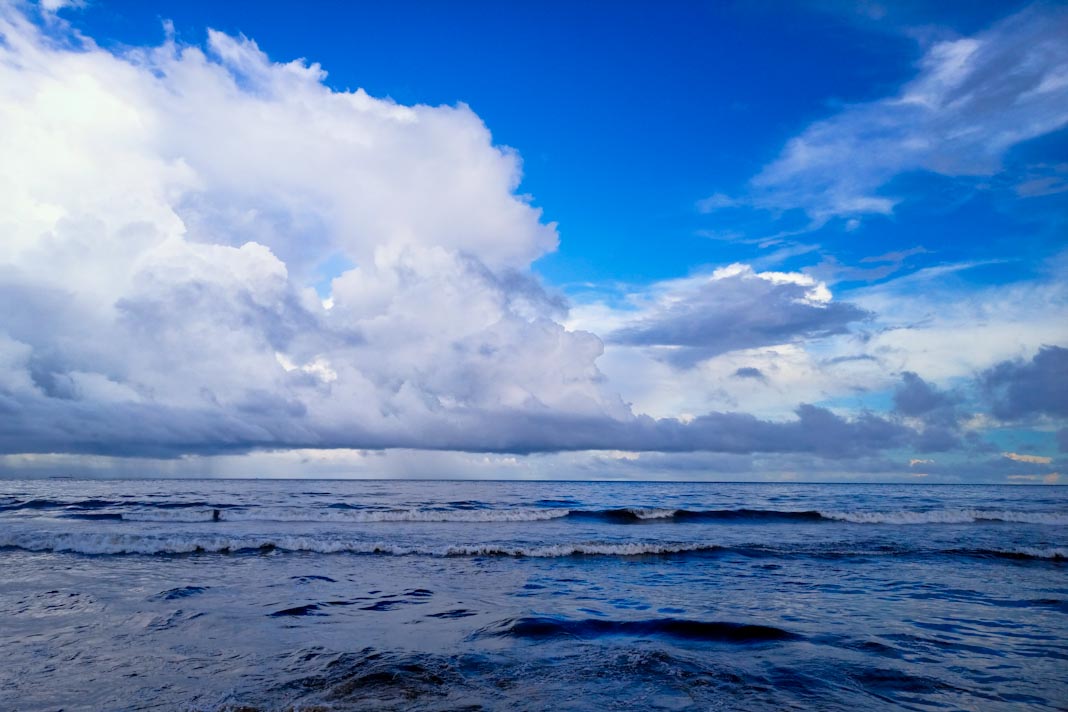- Piracy incidents in Asia rose in 2025, with the Singapore Strait seeing the highest concentration of cases.
- In July 2025, Indonesian authorities dismantled two active piracy groups, resulting in a lull in incidents.
- The Northern Sea Route is gaining traffic due to shorter transit times and cost savings compared to the Suez and Panama Canals.
- Geopolitical tensions in the Arctic are growing as Russia, China, and NATO increase their presence and activities.
The Straits of Malacca and Singapore (SOMS) continue to play a critical role in global trade, serving as one of the busiest and most vital maritime chokepoints. Recent data highlights changing security patterns, with piracy and armed robbery incidents showing a marked increase in early 2025 compared to the previous year. Meanwhile, in the Arctic, both the Northern Sea Route (NSR) and Northwest Passage (NWP) are experiencing heightened commercial and strategic activity as nations explore alternatives to traditional shipping lanes. These developments underscore shifting dynamics in two of the world’s most significant maritime regions, according to a report by Dryad Group.
Evolving Maritime Security and Strategic Routes
In the SOMS, the Regional Cooperation Agreement on Combating Piracy and Armed Robbery against Ships in Asia (ReCAAP) recorded 111 piracy and armed robbery incidents across Asia in 2025 so far, surpassing the total 107 incidents reported for all of 2024. The Singapore Strait accounted for most cases, with a fourfold rise in incidents, often targeting tankers and bulk carriers underway at night in the eastbound lane near the Phillip Channel. Perpetrators, usually operating in groups of four to six, were often armed with knives or unarmed and fled upon detection, stealing engine parts or valuables worth between $2,300 and $6,200.
ReCAAP has enhanced its reporting tools, including a mobile app and updated Maritime Rescue Coordination Centre contacts, to support quicker and more accurate incident tracking. A significant breakthrough came in July 2025 when Indonesian authorities dismantled two piracy groups, arresting 19 suspects. These arrests have been followed by a noticeable lull in piracy activity in the Singapore Strait, indicating a possible deterrent effect.
In the Arctic, the NSR and NWP are drawing increased commercial and military attention. Between 2013 and 2023, ship entries into the Arctic Polar Code area grew by 37%, with sailing distances doubling. In 2024, the NSR handled 38 million tons of cargo, largely from Russia-China trade, offering shorter transit times by 10–15 days and cost savings compared to the Suez or Panama Canals.
The EU’s March 2025 ban on Russian LNG transshipment is expected to shift traffic eastward, as geopolitical tensions reshape regional security. Russia maintains dominance in the NSR through its icebreaker fleet and extensive Arctic infrastructure, while navigational hazards, regulatory restrictions, and infrastructure gaps limit broader accessibility, especially in the NWP. Despite challenges, the NSR’s potential for year-round navigation by 2065 points to growing economic and strategic relevance in global shipping.
Did you subscribe to our Daily newsletter?
It’s Free! Click here to Subscribe!
Source: Dryad Global

















